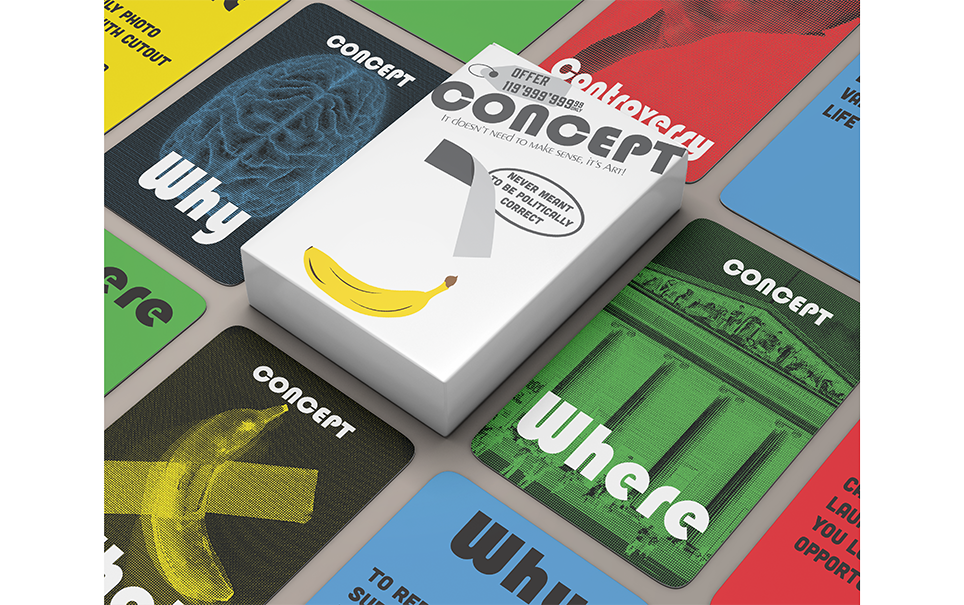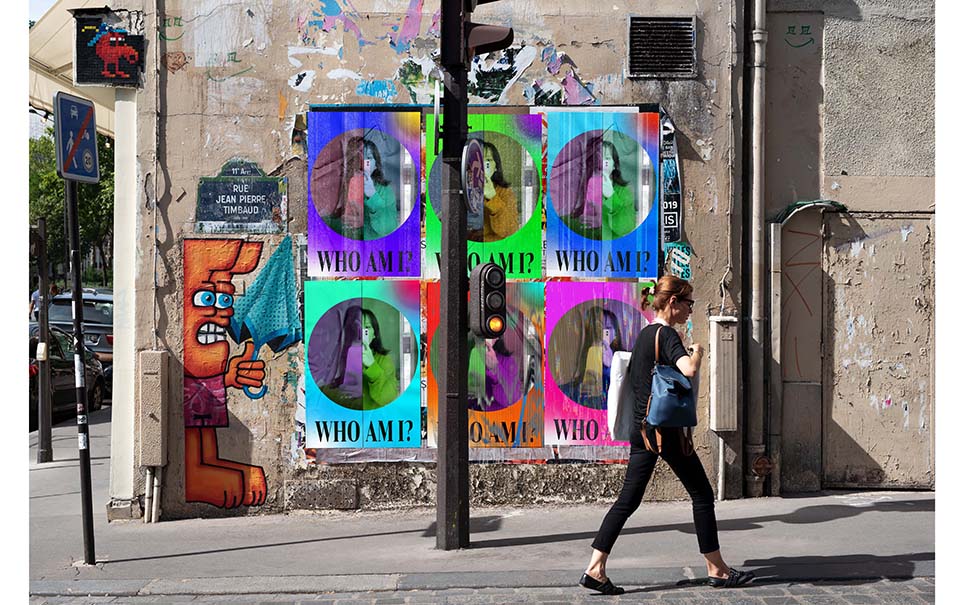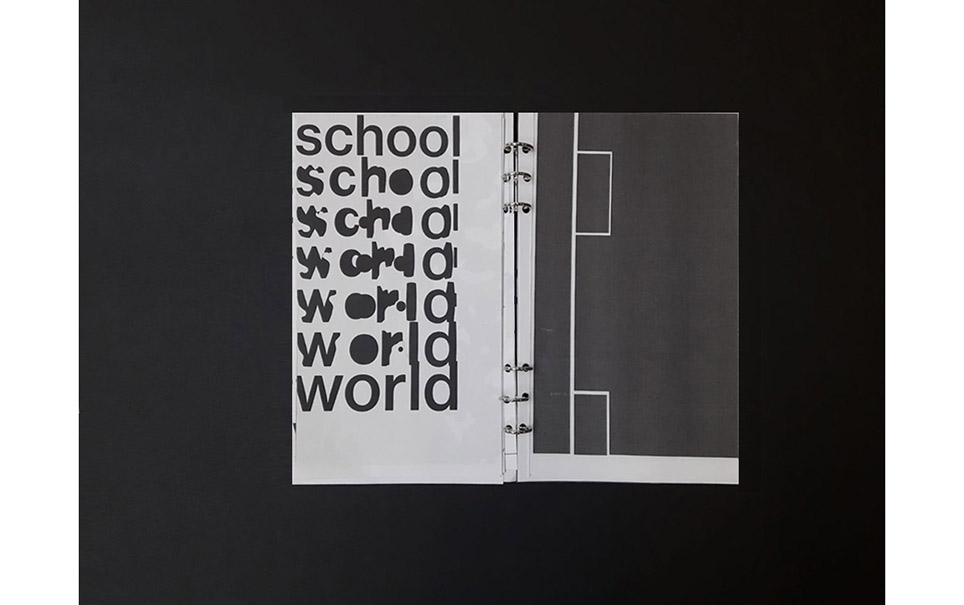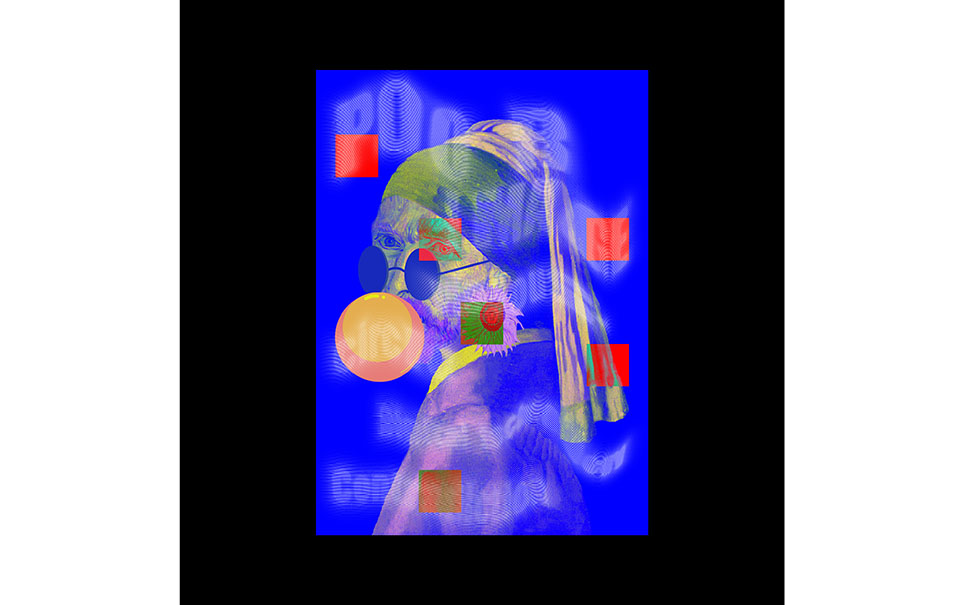Students: Abhimanyu Bhatia / Alberto Ajelli / Alex Xiong / Anna Kehrer / Caiyi Tang / Chang Liu / Chenyun Gao / Claudia Chiavazza / Ell Flynn / Gayathri Anthey / Haodong Liu / Haoyu Liu / Hengni Li / Huangwen Gao / Jaehee Jeong / Jiani Liao / Jingsong Gong / Jean Zeng / Jingyi Lin / Lina Toumpeli / Liz Huang / Lucy-May Turner / Menghan Huang / Mingjie Tang / Pankti Shah / Qiyu Li / Ruoqi Pan / Shelley Huang / Sheng Mao / Shiyang Qiu / Shujing Ding / Sohyun Lee / White Bai / Xiangyu Yang / Xiaohui Wu / Xiaomeng Shu / Xiwen Huang / Xuechen Miao / Xueqi Bai / Yan Tian / Yang Yang / Yangyang Wu / Yifan Wu / Yileng Yin / Yinuo Sheng / Yiwen Zhang / Youlim Lee / Yu Qiu / Yue Wang / Zeina Boukhaled / Zimeng Jia
The Critical Text Show by MA Communication Design: Graphic Design presents the works of Fifty-One students responding to:
1. A School is a Building with a School in it by Paul Elliman (2006),
2. Decolonising Design Education: Ontologies, Strategies, Urgencies by Decolonising DesignGroup (2018)
3. In Defense of the Poor Image by Hito Steyerl (2009)
4. Glitch Feminism, Introduction & Chapter 1 ‘Glitch Refuses’ by Legacy Russell (2020)
5. Harvesting Misunderstanding by Tino Mantarro (2020)
The Critical Text Show encourages you to look at the role of text within the practice of communication design. Contemporary culture is influenced by rapid technological change and this has a profound effect on how we envisage, produce, transmit, receive and understand information. The role of psychology, the digital humanities, sociology, anthropology, culture and politics is wildly discussed in the works you will see.
“To interpret a text is not to give it a (more or less justified, more or less free) meaning but on the contrary to appreciate what plural constitutes it… listen to the text as an iridescent exchange carried on by multiple voices, on different wavelengths” (Barthes, S/Z, 1974 [1973] 4-42).
According to the French philosopher Roland Barthes, there is a plurality to text or several ways of reading and understanding the written words. Every time you read a text, you can read it slightly differently, deriving new meanings and insights. In graphic design, we can manipulate or embody meaning through visual expression using tools like scale, type, colour etc. Meaning is therefore open to interpretation through the act of translation, editing, aesthetics and style. The Open Work by Umberto Eco (1989) expanded on this idea (in the context of artworks) of meaning being rendered open (to interpretation) by the author. Meaning is resolved by the performer, reader, or audience.
The show address topics of design education, feminism, technology and misunderstanding. The Socially-Engaged Design platform looks at design theories that address the socio-political, cultural and economic conditions of contemporary design education. Interactive Image platform looks at the texts through the lens of emerging and established technologies within the discipline of graphic design. The Visual identity and Graphic Experience platform aim is to explore the spontaneous creation of meaning through manifesto-writing and capture how a concept ‘speaks’ to engage audiences.
Students have chosen to respond and present it in a structure suitable for an online exhibition. There are various techniques used to express the responses to the text from publications to moving images and interactive solutions.
“We are impressed by the quality level of work that students presented in this online show, in this challenging year. The show presents beyond beautiful results, but to highlight and reveal their (students’) self-evaluative and creative process between the contexts brought out by the critical texts, its relation to practice, and the role of design in communication”. – Tao Lin, Tutor, MA Graphic Design
Visit their instagram page (@exploded_design_school) where you can find behind the scenes of the show; and their YouTube channel to listen to podcasts.
You can see the full virtual exhibition here: https://explodeddesignschool.cargo.site/
To celebrate the launch on 3 May 2021, the Exploded Design School will be taking over the Stanley Picker Gallery’s instagram stories (@stanleypicker) all week!
MA Communication Design: Graphic Design
This course encourages the exploration and understanding of the methods and processes at work in contemporary visual communication. It focuses on research and inquiry and helps understand the significance of the wider cultural role of the visual designer. The emphasis on problem-finding, research methods and critical thinking is intended to enhance understanding of the changing global, technological and social context of design.
For further information on this exhibition, please contact info@explodeddesignschool.com or, Dr. Cathy Gale, MA Graphic Design Course Leader, Kingston School of Art: c.gale@kingston.ac.uk
Thank You
A big thank you to everyone who helped put on the exhibition during this difficult time.
Exhibition Curators – Claudia Chiavazza / Yifan Wu
Visual Identity – Abhimanyu Bhatia / Shelley Huang
Social Media Team – Lina Toumpeli / Lucy-May Turner / Pankti Shah
Website – White Bai
Catalogue – Jean Zeng / Zimeng Jia
Podcasts – Xueqi Bai / Yangyang Wu
Writing – Gayathri Anthey
Special thanks to the Stanley Picker Gallery / Alberto Ajelli / Anna Kehrer / Andrew Haslam / Azza Wielach / Cathy Gale / Ell Flynn / Kate Jenkins / Max Ryan / Naho Matsuda / Pablo Grattoni / Zeina Boukhaled / Tao Lin










